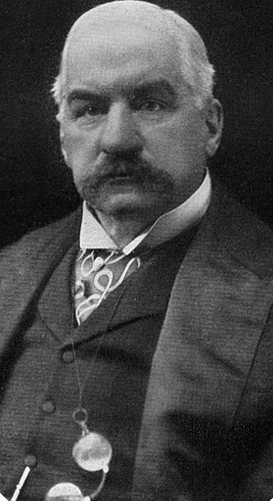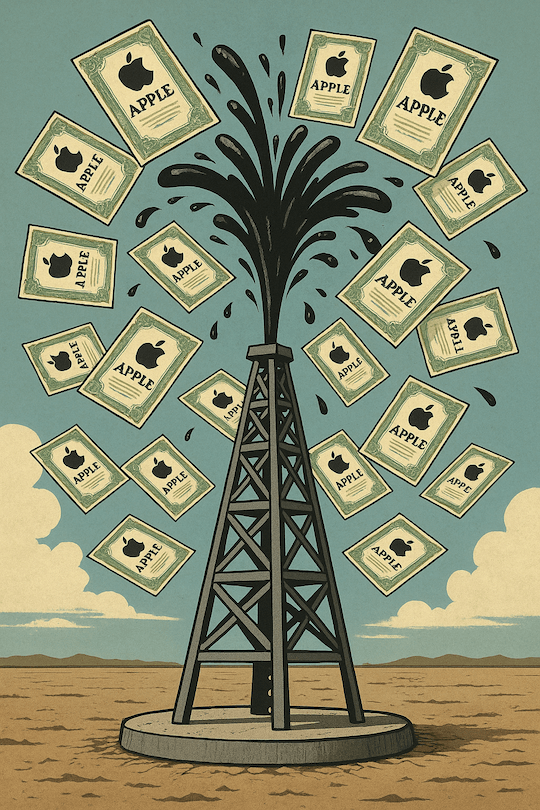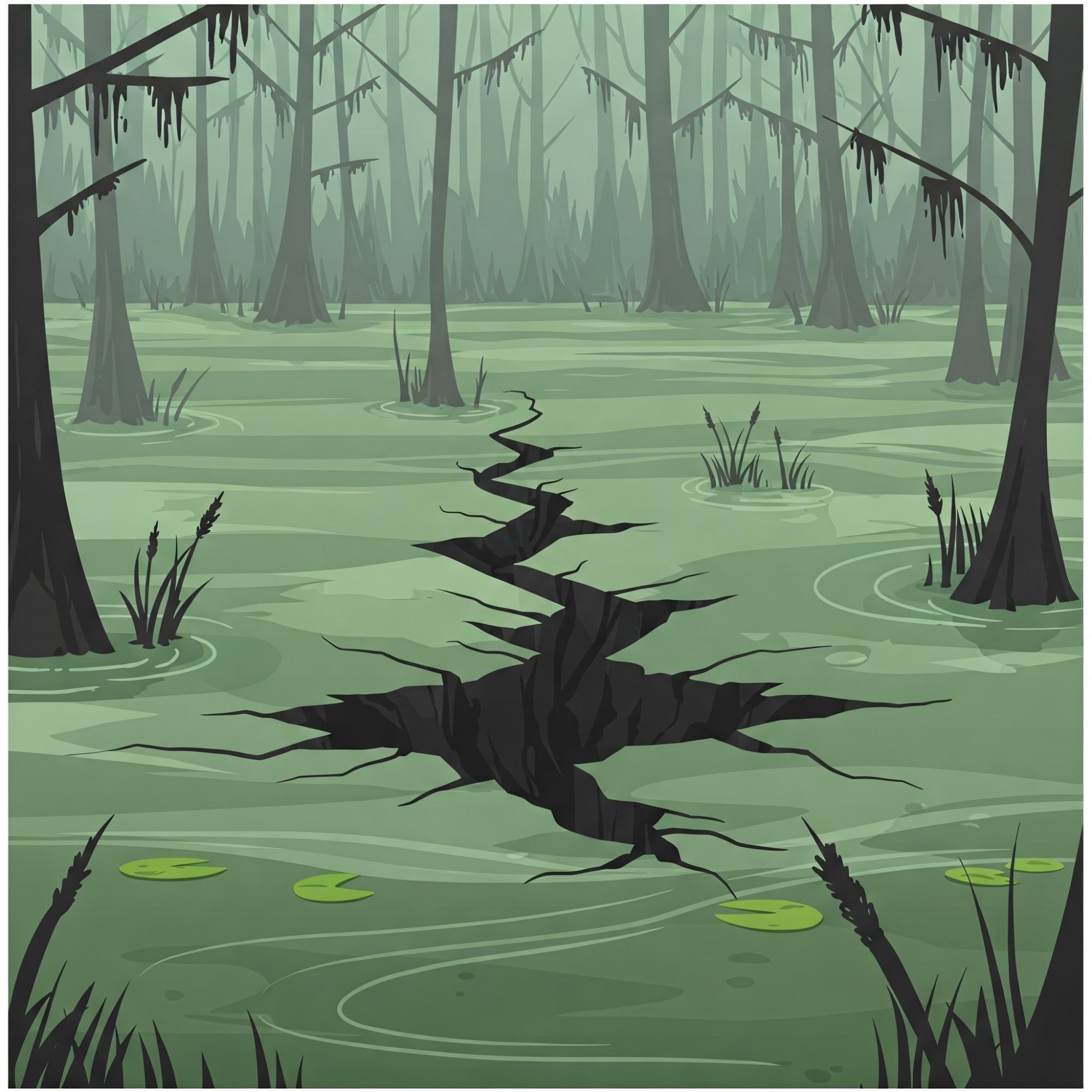
Posted May 02, 2025
By Sean Ring
J.P. Morgan’s Last Rescue Mission
I was on Jekyll Island with Jim Rickards and the rest of the Paradigm Press crew only two weeks ago. We discussed the American Birthright, Trump’s tariffs, and the Fed and how it’s been sidelined.
Some of our new subscribers may have been thinking, “What’s Jekyll Island got to do with me? Why are they talking about the Fed forming over 100 years ago? It’s the beginning of the last century!”
That got me thinking about an episode of the late, lamented Rickards Uncensored series I was a part of with Matt Insley, Dan Amoss, and Byron King.
As Paradigm’s resident Gandalf the Grey, Byron spins the best yarns. A Harvard-educated geologist, a former Naval aviator, world traveler, and a lawyer, among other things, Byron is a renaissance man with a particularly panoramic view of history, science, economics, and the military.
One particular Friday, Byron held up a book he was reading titled The Panic of 1907. He said the Panic led directly to the fateful meeting at Jekyll Island three years later.
I had known that, but I never really understood it. My reaction was one every teacher hopes for in a classroom from a student: widened eyes, agape mouth, and a gasp of air—an actual a-ha moment.
So today, let me connect those two events for you as Byron did for me.
The Panic of 1907
The Panic of 1907, also known as the 1907 Bankers' Panic, was a financial crisis “with everything on it.” Bank runs, a stock market downturn, significant liquidity crises….
You name it…. It had it.
The panic demonstrated the supposed weakness and vulnerability of America's banking system, which at the time lacked a central bank to provide emergency liquidity to struggling financial institutions.
Several triggers for the Panic of 1907 included the failure of the Knickerbocker Trust Company and speculators’ attempt to corner the copper market. Both led to a general loss of confidence in the banking system.
This resulted in a bank run, causing a domino effect of bank failures due to liquidity shortages.
During this crisis, financier J.P. Morgan emerged as The Man. He coordinated a response among New York bankers, contributing his resources and persuading other bankers to do the same.
This shored up struggling institutions and restored confidence in the banking system.
However, this ad hoc response exposed the supposed vulnerability of the U.S. banking system, which had to rely on private citizens to prevent a complete collapse.
That’s the official historical conclusion, anyway. Citizen-based ad hoc solutions are the best, as they are, by default, tailored to the situation. That is, we’re not constantly fighting the last war (like the Fed is doing now).
The truth is, Morgan never wanted to do that again. Some might call that an evasion of responsibility.
Officially, the Panic of 1907 led to the realization that a more structured and formal system was needed to prevent such crises - how’s that working out for us? - and provide stability to the banking system.
You know what they say about the best intentions.
Consequently, Congress created the National Monetary Commission in 1908 and tasked it with studying and recommending solutions for the banking and financial industry.
Senator Nelson W. Aldrich, the head of the National Monetary Commission, led a team of experts to study European central banking systems (Shields up! Red alert!).
After taking leave of their senses, those “experts” developed a proposal for a similar system in the United States.
The result? The Federal Reserve Act of 1913.
But first…
November 1910: Jekyll Island
The Jekyll Island meeting in November 1910 was a secret gathering of six men representing the bigwigs from Wall Street and the U.S. Government. This meeting was instrumental in creating the plan that eventually established the U.S. Federal Reserve System.
The six men who attended the meeting were:
- Nelson W. Aldrich: A U.S. senator from Rhode Island and chairman of the National Monetary Commission.
- Abraham Piatt Andrew: Assistant Secretary of the U.S. Treasury.
- Frank A. Vanderlip: President of the National City Bank of New York (predecessor of Citibank).
- Henry P. Davison: Senior partner of the J.P. Morgan Company.
- Charles D. Norton: President of the First National Bank of New York (another predecessor of Citibank).
- Paul M. Warburg: A representative of the Rothschild banking family in Europe and brother of Max Warburg, who was head of the Warburg banking consortium in Germany and the Netherlands.
The Usual Suspects, I suppose.
These men met privately on Jekyll Island, Georgia, under a veil of great secrecy, using only first names or code names.
The goal was to devise a plan to reform the American banking system, which was seen as unstable and prone to crises, and which J.P. Morgan no longer had any interest in bailing out.
Their proposal called for creating a central banking system that could provide an elastic currency (i.e., a supply that could expand or contract as needed), serve as a lender of last resort to banks in trouble, and manage the country's monetary policy.
Of course, the problem with elastic currencies is that they seem to expand forever, with fits of contraction, until they fall to their intrinsic value: zero.
The plan faced significant opposition from those who feared it would create a banking monopoly controlled by Wall Street interests. The opposition has obviously and conclusively been proven correct.
To address these concerns, the plan was revised to incorporate a decentralized structure with multiple reserve banks spread across the country and a governing Federal Reserve Board with members appointed by the President and confirmed by the Senate.
Well, this didn’t help. The New York Fed is where all the real decisions are made.
Congress adopted this revised plan, which President Woodrow Wilson signed into law in December 1913 as the Federal Reserve Act.
Wrap Up
I don’t think the Federal Reserve’s creators were necessarily evil. Well, not all of them, anyway.
But we can’t control our creations, especially when we send them out into the world.
Robert Louis Stevenson, author of The Strange Case of Dr. Jekyll and Mr. Hyde, once wrote, “Jekyll had more than a father's interest; Hyde had more than a son's indifference.”
Mr. Hyde is beyond our control for now.
Have a great weekend!

❤️🔥HOLY SMOKE! An American Pope!
Posted May 09, 2025
By Sean Ring

The Age of Hephaestus Has Begun
Posted May 08, 2025
By Sean Ring

Fed’s “Stealth” QE Pushed Gold Above $3,400
Posted May 07, 2025
By Sean Ring

Turning Oil Into Apple
Posted May 06, 2025
By Sean Ring

Black Gold, Black Death
Posted May 01, 2025
By Sean Ring

